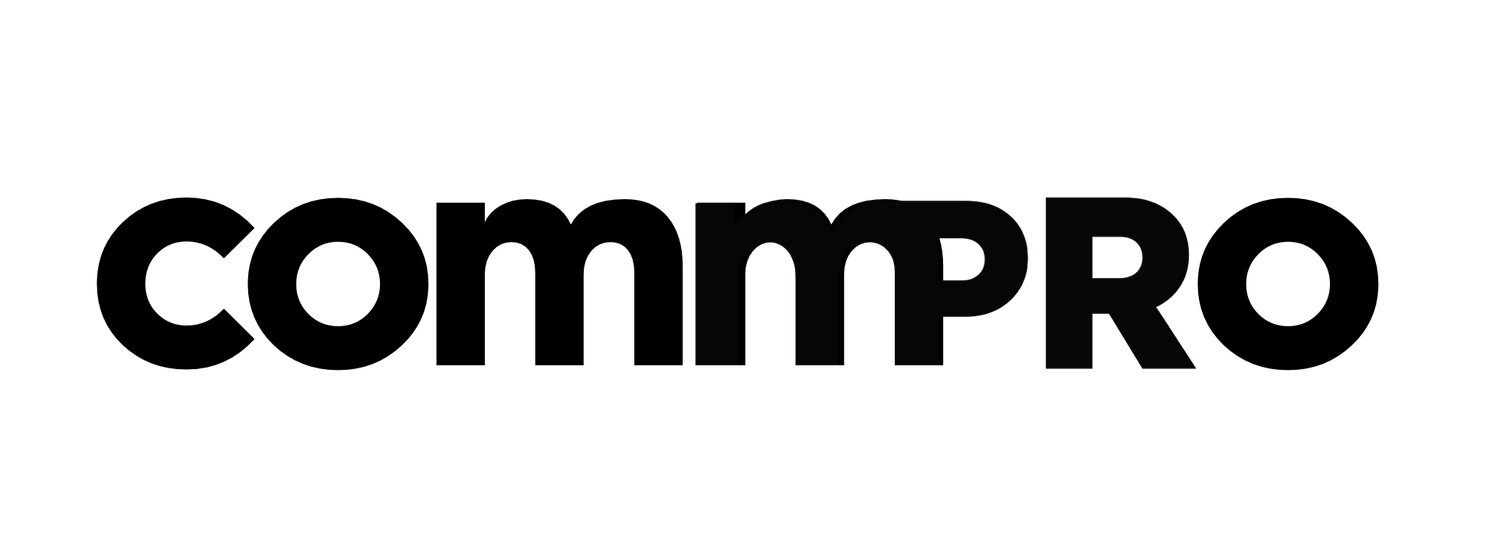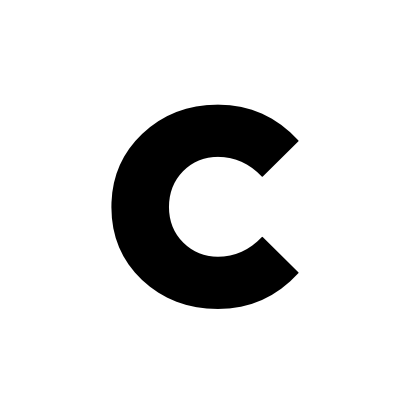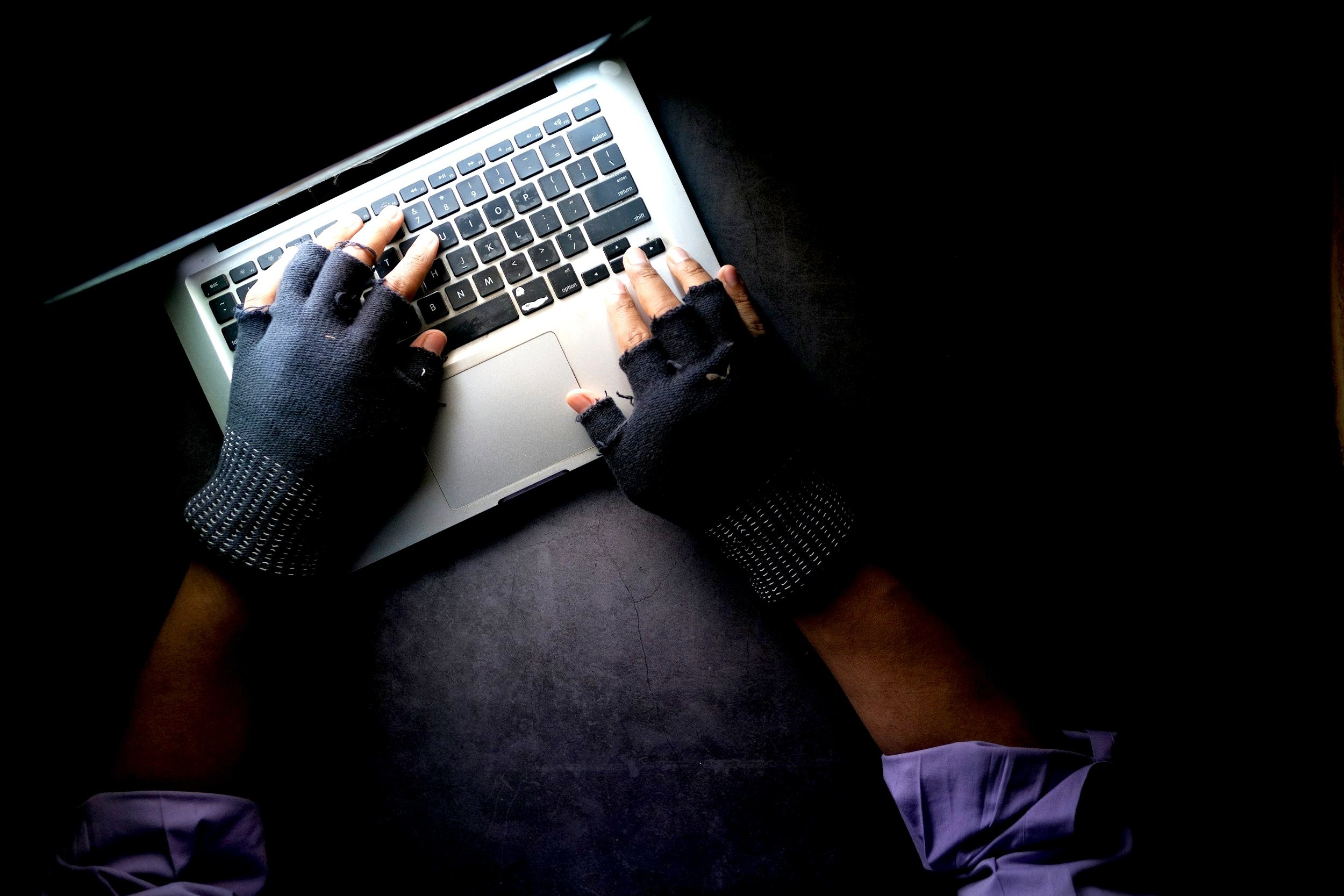Engagement Hijacking Reaches New Heights and 2025 Will Bring Even Bigger Risks for Brands
In 2024, we saw an increase in the growing sophistication and frequency of hijacking engagement, a tactic Alethea uses to describe when bad actors hijack brands as cultural touchpoints, leveraging their significant audience reach and brand investments to access customers, workforce, and communities. From Microsoft and Panasonic to KFC, we witnessed how disruptive these negative campaigns can be, with no signs of slowing down as we look ahead to 2025.
2024 Highlights a Surge in Offline Impact and the Critical Need for Early Detection
Hijacking engagement extended to offline action in 2024 where bad actors adeptly weaponized information to drive public outrage, often targeting brands caught at the intersection of culture, politics, and business. Online campaigns increasingly triggered real-world consequences such as protests, executive targeting, and operational disruptions for major brands. Narratives that started as subtle signals—whether a misleading product claim or a misinterpreted corporate initiative—quickly spiraled as bad actors exploited divisive issues, particularly in the wake of the 2024 presidential elections.
One major lesson many brands learned in 2024? Consistent monitoring and early detection matter because false narratives, conspiracy theories, and other online risks build momentum and engagement over time. Brands that identified early warning signals—seemingly minor mentions or shifts in sentiment—were better positioned to take small, yet critical, corrective actions before the issue snowballed into a full-blown crisis. In contrast, companies that overlooked early signs faced more significant reputational and operational consequences when the problem escalated.
2025: What PR Professionals Should Watch For
As we look to 2025, global tensions, economic uncertainty, and ongoing polarization will create fertile ground for bad actors to exploit. Three trends stand out for PR professionals:
Amplified Real-World Implications: Expect a continued rise in engagement jacking campaigns that lead to offline actions, including protests, boycotts, and other disruptions. Brands must prepare for coordinated efforts to mobilize audiences beyond digital platforms.
Weaponization by Non-Traditional Actors: While state-sponsored disinformation remains a risk, we’re also seeing financially motivated groups, influencers, and ideologically driven actors weaponize narratives for their gain. This makes effective social media monitoring more complex, as mainstream media coverage often lags behind these trends.
Audience Fragmentation and Information Gaps: A growing portion of the population no longer relies on or trusts traditional news outlets. Instead, they consume information from alternative platforms, echo chambers, and influencers. Brands must account for these dynamics when assessing risks and responding to disinformation, understanding where their stakeholders are getting their information and who may be trying to influence them.
Staying Resilient in 2025
So, what can brands do? First, invest in proactive monitoring to detect signals early and understand who is driving the conversation—and why. Second, prepare for coordinated, real-world disruptions with adaptable crisis protocols that involve all departments, from legal and communications to frontline employees. Finally, build resilience by reinforcing your company’s core values through clear, consistent messaging.
In 2025, brands that act early, adapt quickly, and communicate authentically will be best positioned to navigate the growing risks of engagement jacking. By treating these challenges as ongoing, not one-time events, businesses can protect their reputations and maintain stakeholder trust.


